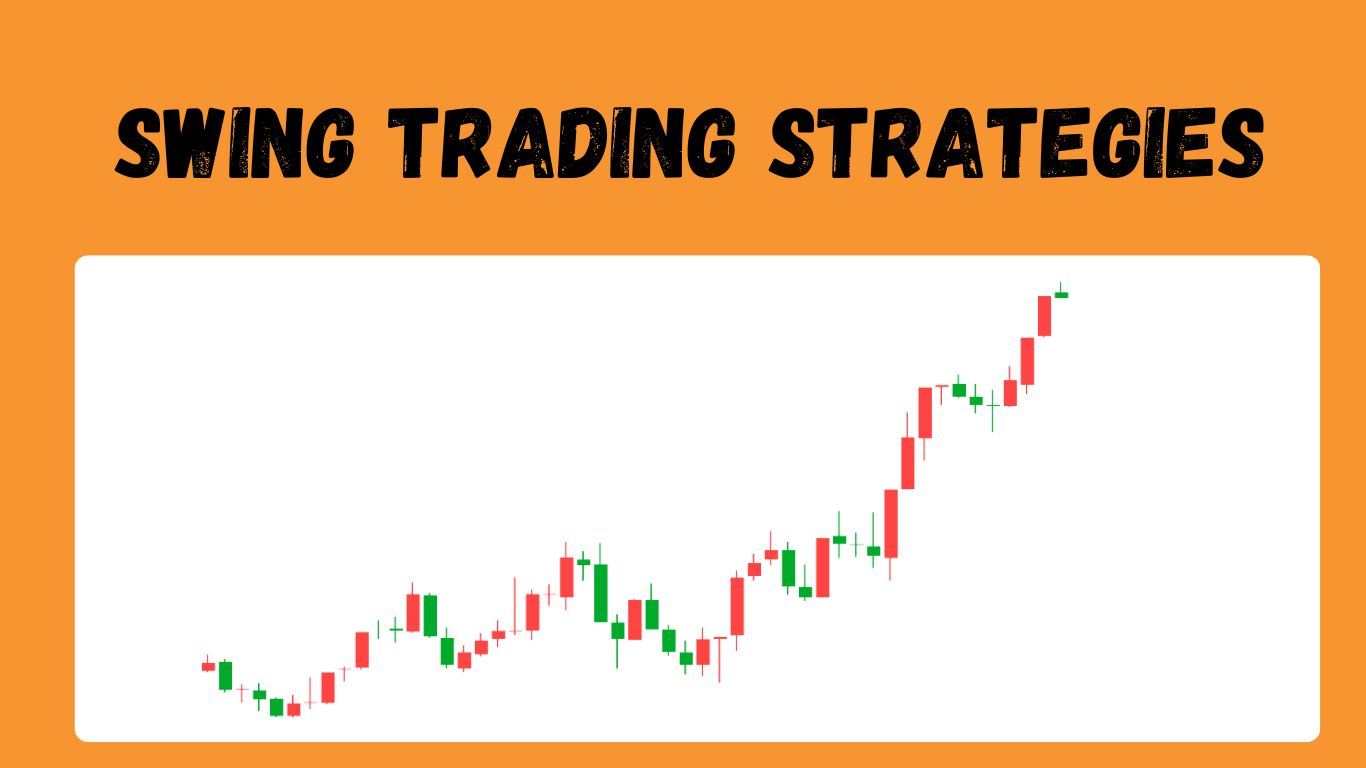Swing Trading Strategies
What is swing trading?
Swing trading is a method by which a trader buys or sells a security and holds it for days or even weeks. Swing traders, also known as trend-following traders, often use daily charts to enter trades that match the overall trend of the market.
Some swing trading strategies use only technical analysis of price charts to make trading decisions. However, it is common for swing trading strategies to also use multiple timeframes of fundamental information or analysis. This is because holding trades for multiple days or longer require more detailed information.
Examples of Swing Trading Strategies
One of the most popular trading techniques in swing trading is the use of trading indicators. There are many different types of swing trading indicators on the market and they all have their pros and cons. So what are the best indicators for swing trading? Many swing traders use the Stochastic, MACD, or Relative Strength Index (RSI) to determine whether prices are trending or changing direction. identify clues for
Ultimately, the best indicators for swing trading are the ones you have tested and become familiar with. Let's take an example of a swing trading chart.
Disclaimer: The economic device charts in this newsletter are for illustrative functions simplest and do now no longer represent recommendations or a solicitation to shop for or promote any economic instruments (CFDs, ETFs, Stocks) presented via way of means Admirals. Past overall performance isn't always a manual to destiny overall performance.
Most swing buying and selling approach charts include his 3 components:
1. Daily bars or candles.
This means that each bar or candlestick represents the trading value of the day.
2. Trend Filter.
In the example chart above, a 50-period moving average is used as a trend filter, indicated by the red wavy line moving through the price bars.
3. Overbought and oversold indicators.
In the chart example above, stochastic is used to identify overbought and oversold conditions and is located at the bottom of the chart.
A trading strategy can be created using the above three components, as it is simply a way of assisting the trader's decision-making process. for example:
- Rule 1: Only enter long or buy trades when the price is trading above the moving average. Only take short or sell trades when the market is trading below the moving averages.
- Rule 2: Long only enters his trade if the Stochastic Oscillator is below 20. This is to represent the oversold area. Enter short trades only when the Stochastic is above 80. This represents the overbought area.

.jpg)















Post a Comment